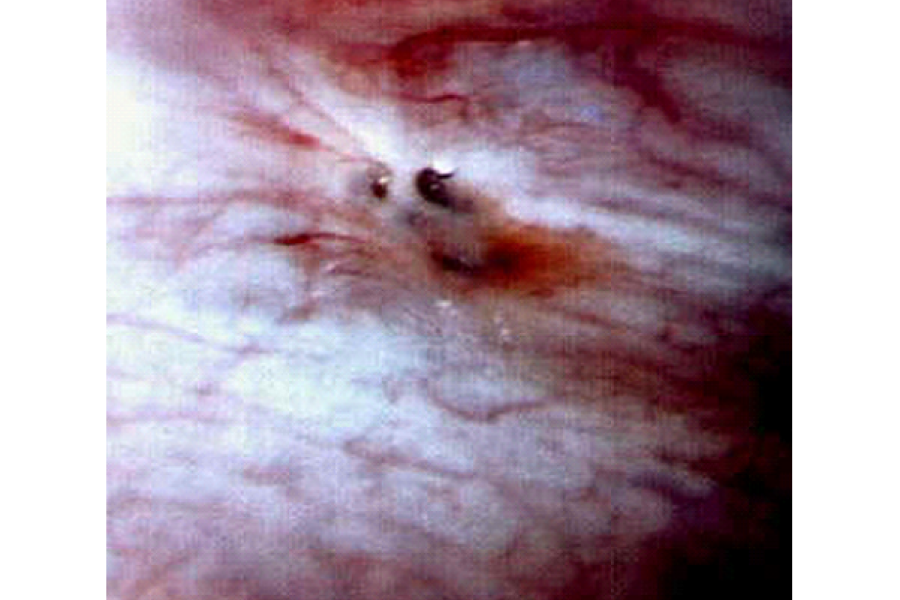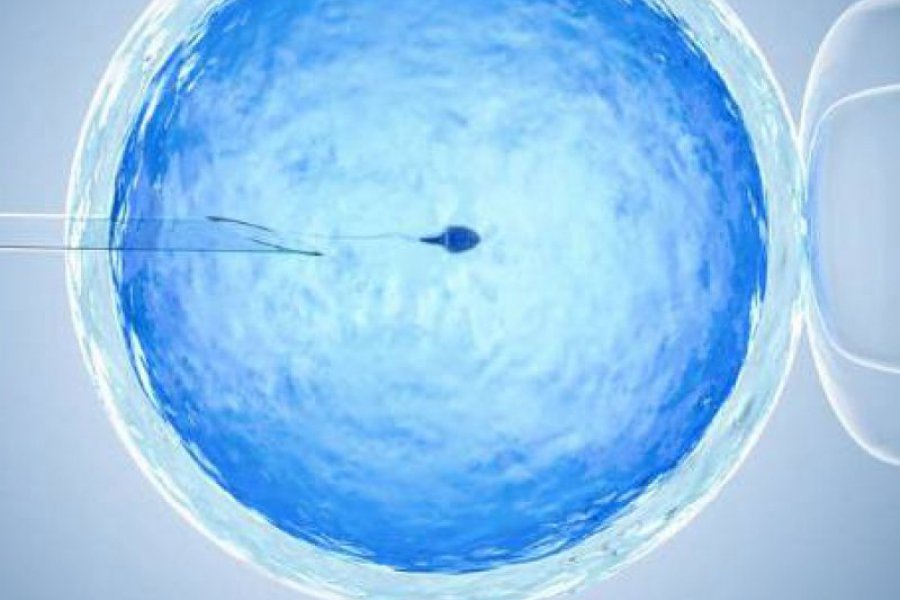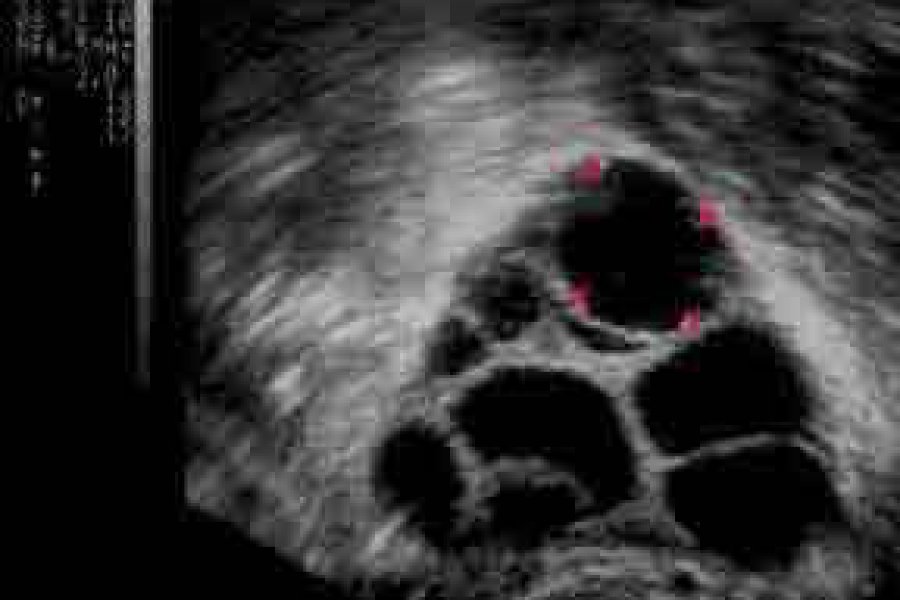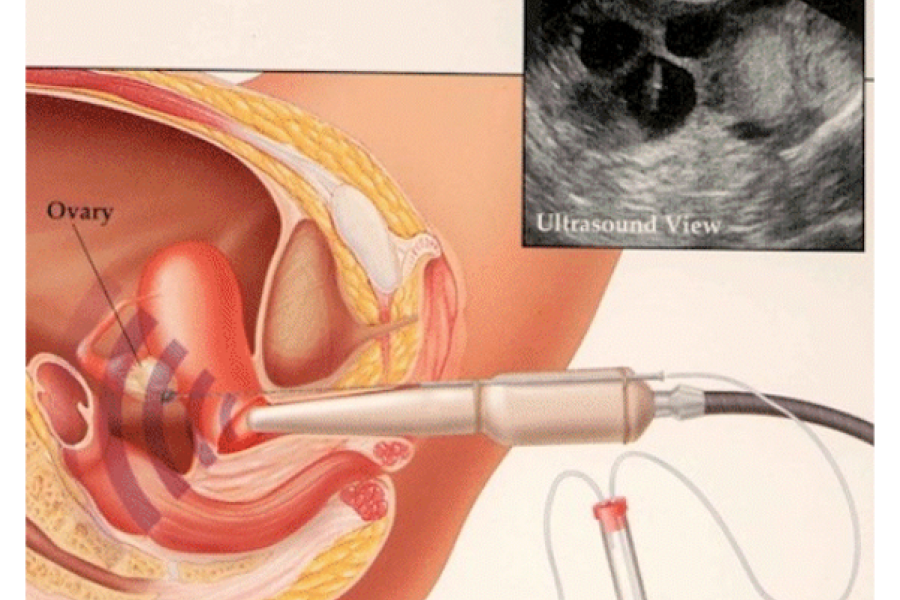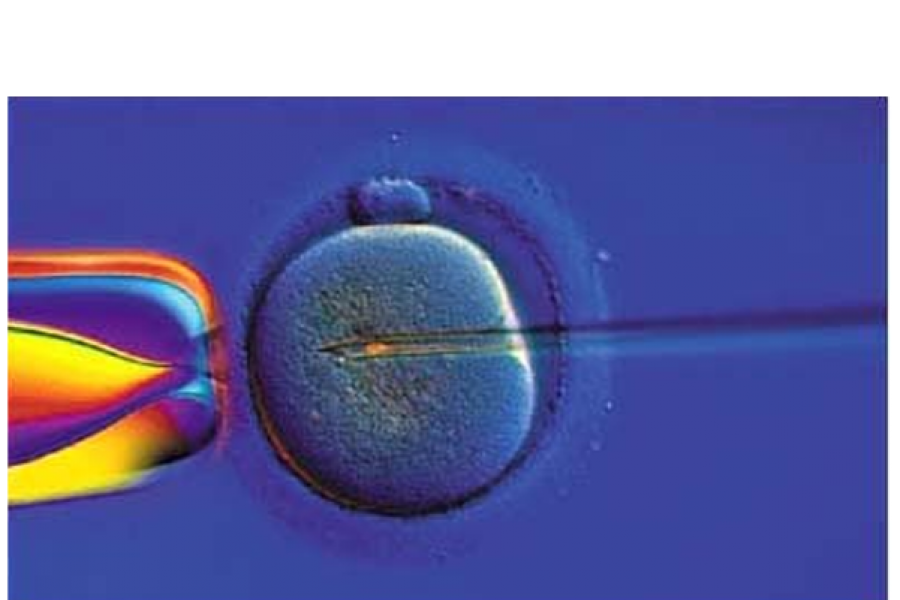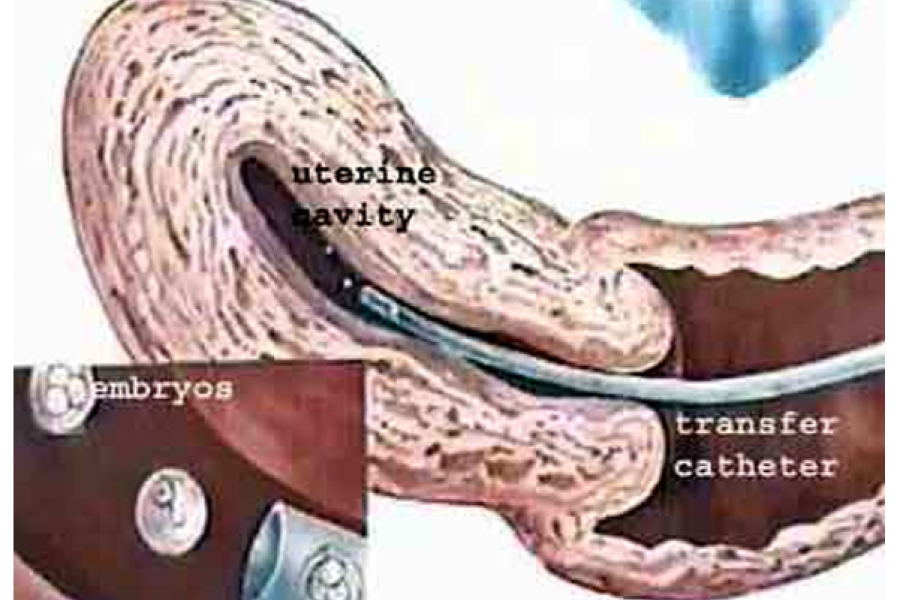ENDOMETRIOSIS (CHOCOLATE CYST)
ENDOMETRIOSIS (CHOCOLATE CYST)
Endometriosis, which is also known as chocolate cyst, is seen in women of reproductive age and can affect women's life in many different ways, can cause menstrual pain, groin pain and infertility, and may even require major and serious operations as a result of extensive involvement and deep localization of the intestines and intra-abdominal organs in advanced stages. It is a progressive disease.
A woman may apply with complaints of long-term inguinal pain, menstrual cramps, and pain during intercourse, as well as when investigating the causes of infertility in women who apply with infertility complaints.
The incidence of the disease in the community is 7%, but this rate is 25-35% in women with infertility problems. The most common ages are around 30 years old. 15% of patients are under the age of 25. The number of women in need of treatment does not give the real rate because there are patients with endometriosis with a silent course. There has been a marked increase in its incidence in recent years. The reason for this increase can be explained by having a small number of children at a late age. In addition, with the widespread use of improved diagnosis and operation methods (laparoscopy and laparoscopic surgery) and increased awareness, the incidence of the disease has increased, as the diagnosis of the disease is easier.
The disease basically develops when the endometrium, which is the inner layer of the uterus, settles outside the uterus in different parts of the abdominal cavity. Endometriosis foci are one of the most colorful and interesting diseases of medicine, which can be on the surface of other genital system organs in the abdomen, as well as on organs other than genital system organs. Maybe even before the 1800s, when it first entered the medical literature, it was seen in the romantic era literature with the expression "bloody tears".
adenomyosis; whereas, endometriosis foci are located in the muscle layer of the uterus. The only common aspect of adenomyosis and endometriosis is that the endometrium is located outside the uterine cavity.
Organs where endometriosis is involved
When endometriosis is localized in the ovaries, cysts called chocolate cysts are formed. Apart from that, it can often be found on the peritoneal surfaces, on the surface of the tubes, on the outer surface of the uterus, on the surface of the bladder mucosa and in the area behind the uterus, which we call the Douglas cavity. It may invade deep into the Douglas space and form painful nodules between the rectum and vagina. It can invade from the outer surface of the bladder and intestine, into the intestine or into the bladder. Rarely, it can be seen in areas outside the pelvic cavity.
Ovarian Endometrioma (chocolate cyst)
Irregular pigmented lesions on the surface of the ovary grow into the ovary and cause cyst formation. Some cysts may be larger than 10 cm and multilocular. They have a thick, tarry content that is characteristically composed of blood and blood pigments, so they are called chocolate or tar cysts. In the early stages, the cysts have a smooth surface and no adhesions. Hard, thick adhesions with neighboring organs (peritoneum, intestine, omentum and tuba) occur due to increased intracyst pressure due to hemorrhage and the escape of the cyst content. Quadrant material is typically suggestive of endometriosis, but can also be seen in any hemorrhagic neoplasm or functional cyst. They are covered with a red, brown layer that varies in thickness depending on the activity of endometriosis.
Ultrasound image of endometrioma (chocolate cyst)
Laparoscopy image of endometrioma (chocolate cyst)
Tuba Endometriosis (endometriosis located in the tubules)
It may be in the form of involvement of the tubal serosa or the tubal mucosa. Ectopic endometrial islets replace the tubal mucosa. Tuba endometriosis ranks second in the frequency of ectopic foci.
Salpingitis Isthmica Nodosa (Interstitial tubal endometriosis)
It is endometriosis of the interstitial tuba. Since it was accepted that it would develop as a result of an inflammatory event in the past, it was given a wrong name. The tube corner of the uterus is swollen nodular due to ectopic endometrium location and also due to hyperplasia of myometrium. Because the lumen is narrowed, the tuba is seen as closed in hysterosalphingography (HSG).
Pelvic Endometriosis
Endometriosis of the Douglas space (the space between the posterior wall of the uterus and the anterior wall of the rectum) is one of the most common causes of female infertility. Often the blood coming out of multiple nodules and nodules forms thick layers or adhesions. Cyclic menstrual changes in rooms can cause menstrual pain. As the adhesions increase over time, the small pelvis may become a nodular, hard, immobile, conglomerate structure. These adhesions can completely close the Douglas cavity and cause infertility.
Endometriosis foci in the pelvic cavity
Extra genital localizations such as operation scars, navel, lung, pericardium are places where endometriosis can be seen rarely.
Signs and symptoms of endometriosis
In women affected by the disease
